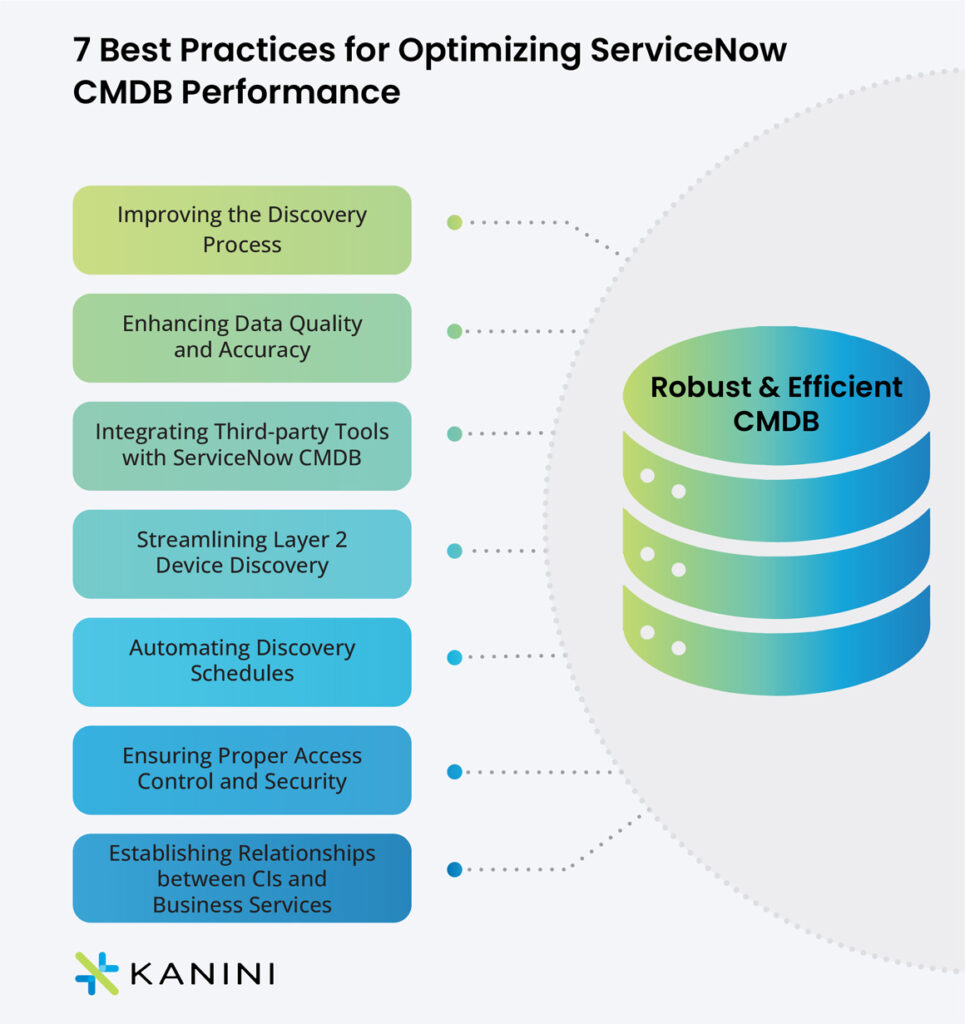Why Organizations Struggle to Derive Maximum Value from their ServiceNow CMDB
Inadequate CI (Configuration Items) discovery processes affect ServiceNow CMDB maintenance. Despite automated tools like ServiceNow Discovery, issues arise from misconfigurations or reliance on legacy CAPI (Cloud API)-based discovery. Newly added CIs may be missing, and documenting every change can be laborious. Also, incomplete data can persist post-discovery as well. All these obstacles impede an organization’s effective CMDB utilization. Inadequate CI (Configuration Items) discovery processes affect ServiceNow CMDB maintenance.
Best Practices for Enhancing ServiceNow CMDB Performance

The Way Forward
Author

Ravi Rajamani
Ravi is the ServiceNow Practice Lead at KANINI. He brings close to 18 years of experience in the IT industry and has strong program & project management skills spanning ServiceNow, Resource Management, Solution Design, and Service Delivery. He has a proven track record of helping enterprise customers leverage ServiceNow platform efficiently.








